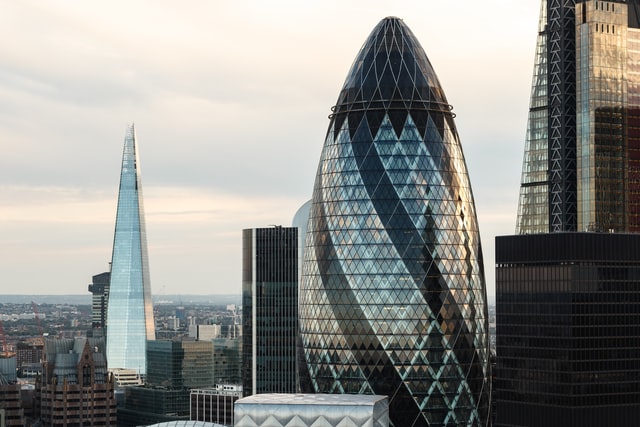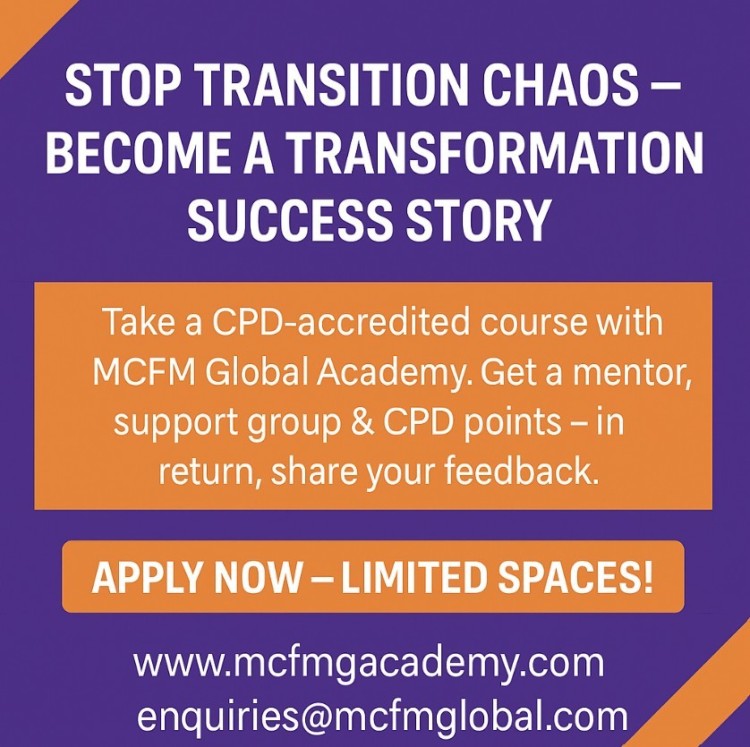14 October 2021
As the temperature dips and energy prices rise, Britain’s households aren’t the only ones feeling the pinch.
According to The Telegraph, wholesale prices for gas have surged 250 per cent since January, with a 70 per cent rise since August alone - and the situation looks set to get worse. A worldwide squeeze on energy supplies is expected to see fuel bills rise for millions.
Edinburgh Boiler Company has compiled some data looking at the heating times and energy usage for some of the world’s grandest buildings, providing insight into how long it takes to warm them up, once the heating is switched on.
Mark Glasgow, Managing Director at the Edinburgh Boiler Company says: "With recent fluctuations in heating prices, you may recognise bigger bills this winter - much like the London's grandest buildings are set to experience too, as we've identified in the data set.
The length of time taken to heat up each building is based on using a 15kW boiler (average). 1kW = 1 hour with an electric heater.
London’s Landmarks
With ceilings at a height of 180m and 41 rooms, the Gherkin would take 51,317 hours to heat. Buckingham Palace has 775 rooms but would comparably only take 28,277 hours.

Picture: a photograph of the gherkin
Taking up 2,972 m² of floor space, Westminster Abbey would take 82,644 hours to warm up. As reported by The Times in 2007, the central heating at Westminster Abbey damaged the building's 700-year-old Coronation Chair. Officials confirmed that the abbey has now installed humidity monitors to help protect precious items.
The White House
With 132 rooms, it would take 2615 hours to heat The White House.
According to flamefurnace.com, at first, only the state rooms of the White House were heated. In 1840 a gravity hot air heating system was installed, but it only provided heat to the transverse hall and state rooms.
Joel D. Treese, a historian writing for The White House Historical Association, notes that all of the White House mechanical systems were replaced in the Truman renovation (1948-1952), including central air conditioning.
President Lyndon Johnson apparently kept the air temperature in the family quarters so low in summer that he slept under an electric blanket, and the system also let President Richard Nixon enjoy a burning fireplace in his second-floor hideaway office, even in the summertime.
.jpg)
The Blue Mosque
Sultan Ahmed Mosque in Instanbul, also known as the Blue Mosque, constructed between 1609 and 1616, would command almost 2,000 hours to heat (1,8014) with an average location temperature of 14.58°.
The mosque is most famous for its six minarets, accompanied by one large dome and eight smaller domes, and has 260 stained glass windows.

Picture: a photograph of the interior of the Blue Mosque
Sydney Opera House
You’d be waiting 129,764 hours to heat the Sydney Opera House with an electric heater.
Interestingly, Sydney Opera House is cooled using seawater taken directly from the harbour. The system circulates cold water from the harbour through 35 kilometres of pipes to power both the heating and air conditioning in the building.
(7).png)
Picture: a photograph of the Sydney Opera House
Article written by Ella Tansley | Published 14 October 2021
Share
Related Articles
Knight Frank and Emery Brothers Prosecuted for Unauthorised Building Alterations
Knight Frank and Emery Brothers have been fined £190k for delivering unauthorised works to a Grade I listed building in Bath.
A Magistrates Court found that the...
Read Full Article
Aviva Investors’ Shoreditch Refurbishment Completes
Aviva Investors’ Grade II listed Victorian HQ has undergone an extensive refurbishment.
134-46 Curtain House in Shoreditch was built between 1881 and...
Read Full Article
Liverpool Street Station Redevelopment Criticised for Sustainability Shortcomings
Proposals for a new tower block at Liverpool Street Station should be thrown out by the City of London planning committee due to environmental policy breaches, according...
Read Full Article
Heritage Group Opposes Latest Liverpool Street Upgrade Plans
Heritage building protection group, SAVE Britain’s Heritage, has responded to Network Rail’s new plans to upgrade Liverpool Street Station, objecting to the...
Read Full Article
London Olympia Exhibition Hall Transformation Nears Completion
The £1 billion project to return London Olympia to its “people’s palace” status is nearing completion.
SPPARC and Heatherwick Studio aim to...
Read Full Article
New Images Show Latest Plan for Liverpool Street Station Upgrade
Network Rail has released new images of London Liverpool Street station's “evolved” redevelopment plans.
ACME’s designs show new station...
Read Full Article
Buro Happold Appointed for Phase One of Barbican Renewal Programme
Buro Happold, alongside Allies and Morrison and Asif Khan Studios, will provide multidisciplinary services for the Barbican Centre’s upgrade.
Over the next five...
Read Full Article
Demolition of Oxford Street M&S Store Approved
Deputy Prime Minister Angela Rayner has approved the controversial scheme to demolish M&S’ flagship Oxford Street store, much to the disappointment of heritage...
Read Full Article
Network Rail Appoints New Architect for Liverpool Street Scheme
The London Liverpool Street station upgrade project has entered a new phase as Network Rail launches a new consultation alongside plans from a new architect.
Previous...
Read Full Article
New Scottish National Centre for Retrofit of Traditional Buildings Announced
A new national centre dedicated to championing the retrofit of traditional buildings will be established in Scotland.
Historic Environment Scotland (HES), using...
Read Full Article


.gif)

.gif)
.gif)



.jpg)

(7).png)

.png)



.png)




